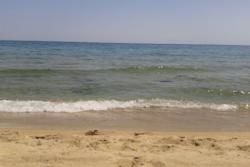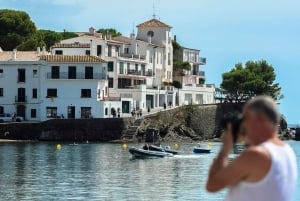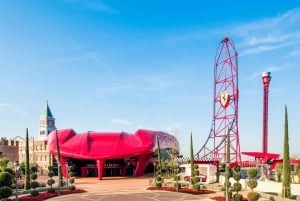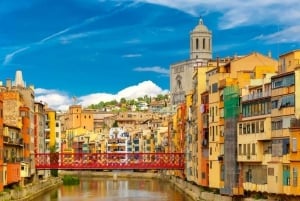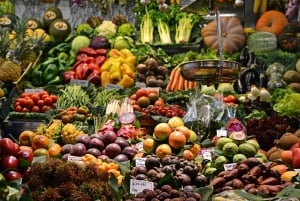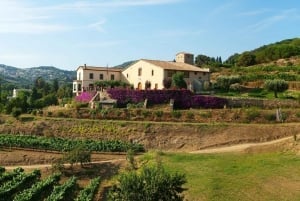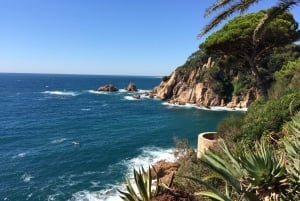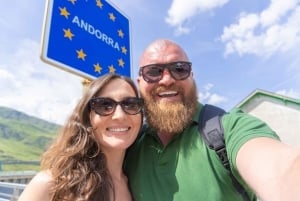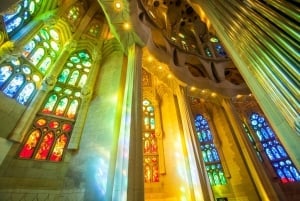El Maresme
The Maresme runs along the coast from the north of the city of Barcelona to the Costa Brava. Modernism has left an important mark in many of the Maresme’s villages with works of famous architects such as Lluis Domenech i Montaner, whose legacy can be seen in the coastal resort of Canet de Mar. This small fishing village houses a museum where you can take a guided visit to discover where the "indianos" (Catalans who returned from making their fortune in America at the end of the 19th century and beginning of 20th century) lived. Other examples of Domenech i Montaner’s works, such as the Palau de Musica Catalana in the gothic quarter or the Hospital de Sant Pau located near to the Sagrada Família, can also be seen in Barcelona.
Another important architect was Josep Puig i Cadafalch who was born in Mataró, the capital of the Maresme. His more famous works can be seen in Barcelona, such as the Casa Ametller, standing right next to Gaudi´s Casa Batlló, the Casa Terrades known more popularly as the Casa de les Punxes or the Casa Martí which houses a well-known restaurant in the city’s gothic quarter. Other works by Puig i Cadafalch such as the Casa Coll i Regàs, Casa Parera or the La Confiança shop, can also be found in Mataró.
In addition to its close links with the Catalan bourgeois, the Maresme also conserves its past links with the Romans and is currently one of the most important regions for wine and cava production. The Alella wine cooperative, housed in a stunning example of Catalan modernism, has made the village of Alella famous for its wines and cavas with "Denominació d’Origen" (DO).
Wine tourism has been significantly promoted in the region over the last few years and vineyards and wineries can be visited in villages such as Tiana and Martorelles (located inland in the region of Vallès Oriental).
The landscape of the Maresme is characterised by its long and narrow coastline, surrounded by the Montnegre-Corredor, Serralada Litoral and Serralada de Marina natural parks, criss-crossed with rivers and streams running through the villages into the sea.
Many decades ago, the threat from pirate attacks caused many fishing villages to be relocated inland and this is why many villages such as Premià, Vilassar and Arenys, have the same name but a different ending such as "de Dalt" or "de Munt" (up above).
Whether on the coast or inland, the Maresme offers an unlimited number of things to do and a wide range of accommodation and restaurants, making it a fantastic destination for a family holiday. However, if you want something other than just relaxing or going to the beach, the Maresme offers a vibrant nightlife and boasts some of the best bars and nightclubs.
The whole of the Maresme is closely linked to the city of Barcelona by train (Barcelona-Maçanet line). In fact, the coastal trains are so frequent that they can almost be considered a metro!
Most of the villages along the coast from Montgat to Malgrat, such as Cabrera, Llavaneres, Caldes d’Estrac, Sant Pol, Calella, Pineda or Santa Susana, have pleasant and shady avenues, ideal for a stroll and lined with shops, cafés and ice-cream parlours coming alive in the summer months. Weekly markets are a great attraction and showcase the traditions of these villages.
The inland villages, some of which are located close to the dark green forests of the Montseny natural park are a sharp contrast to the ocean blue coastal villages. Dosrius, Argentona and Tordera are all well worth a visit if you happen to be in this area.


